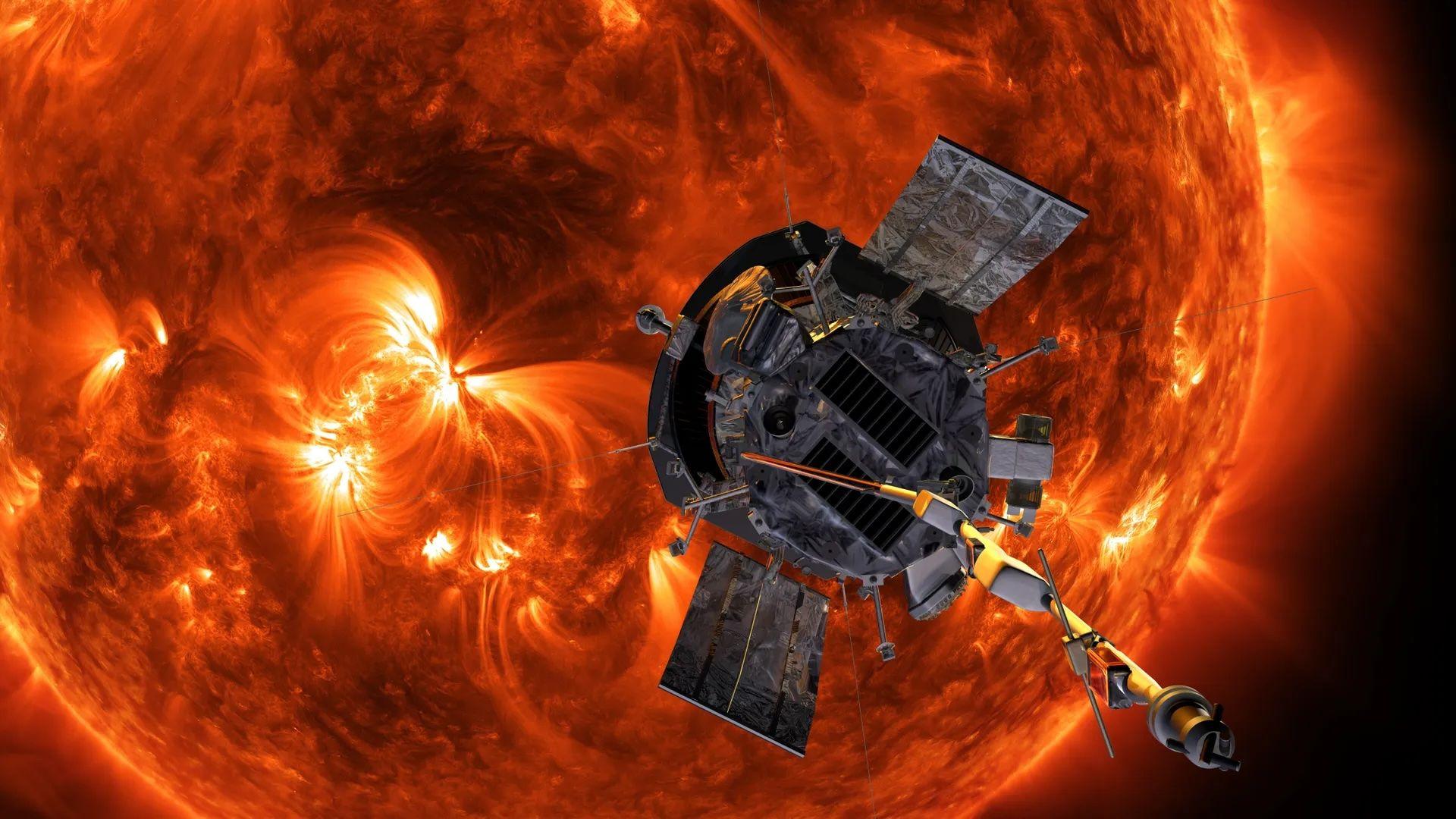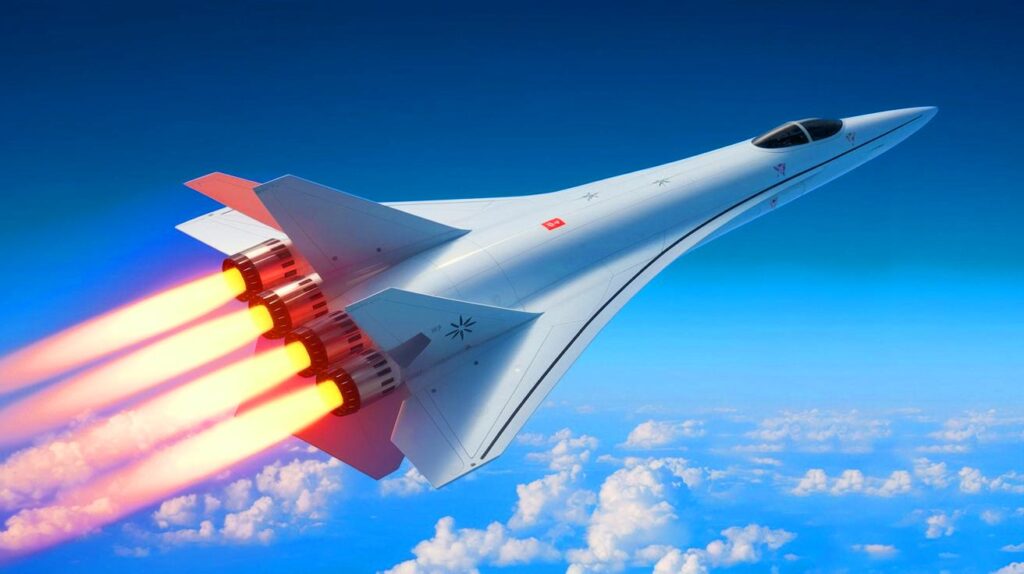| In Brief |
|
The NASA Parker Solar Probe mission marks a significant milestone in space exploration. This daring spacecraft recently completed its second close flyby of the sun, showcasing the ingenuity and technological prowess of its designers. By approaching within 3.8 million miles of the solar surface, the craft gathers invaluable data on solar wind—information that could revolutionize our understanding of space phenomena and unravel long-standing scientific mysteries.
A Unprecedented Technological Achievement
The Parker Solar Probe has been engineered to withstand extreme conditions, which it successfully demonstrated during its latest flyby of the sun. Fitted with a custom thermal shield, the probe can operate at ambient temperatures even while facing intense solar heat. This shield is crucial for protecting sensitive instruments from extreme temperatures, enabling the unprecedented scientific data collection on solar wind and solar activity.
The success of the mission is attributed not only to the innovative design of the probe but also to the exceptional coordination among various scientific and technical partners. Led by NASA and the Johns Hopkins Applied Physics Laboratory, the team includes over 40 partner organizations across the United States. Their efforts have been recognized with the prestigious Robert J. Collier trophy, a well-deserved acknowledgment of their contributions to advancing aeronautics and space exploration.
Data to Understand Solar Mysteries
One of the primary objectives of the Parker Solar Probe mission is to address fundamental questions about the sun, such as why its corona is hundreds of times hotter than its surface. By getting closer to the sun than any other probe before it, the Parker Solar Probe is able to gather data that could shed light on these persistent mysteries.
Scientists hope that this information will help improve predictions of space weather, a crucial aspect for protecting technological infrastructure on Earth. Solar storms can have devastating effects on satellites, electrical grids, and communications, highlighting the importance of this research to anticipate and mitigate potential impacts.
A Record-Breaking Speed and Distance Achievement
During this second flyby, the Parker Solar Probe reached impressive speeds of 430,000 miles per hour, matching the record set during its previous pass in December. This level of speed is essential for allowing the probe to withstand the sun’s gravitational pull while collecting data.
The distance traveled by the probe, which is 3.8 million miles from the solar surface, is also a record. This close proximity allows the probe to take unparalleled scientific measurements and provide valuable insights that could transform our understanding of the sun and its influence on the surrounding solar system.
A Lasting Legacy for Space Exploration
The Parker Solar Probe mission not only pushes the boundaries of space exploration but also paves the way for future missions and technological innovations. By tackling complex technological challenges, the mission team has not only enhanced our understanding of the sun but has also strengthened humanity’s ability to explore hostile environments beyond our planet.
The success of this mission exemplifies the capability of engineers and scientists to expand the limits of the possible, making the Parker Solar Probe an iconic model of human ingenuity. As the probe prepares for another close flyby scheduled for next June, high expectations are set for the new discoveries that may emerge from this bold exploration.
As the Parker Solar Probe continues to unveil the sun’s secrets, we must ponder: what new scientific and technological breakthroughs will this mission inspire for the future of space exploration?








